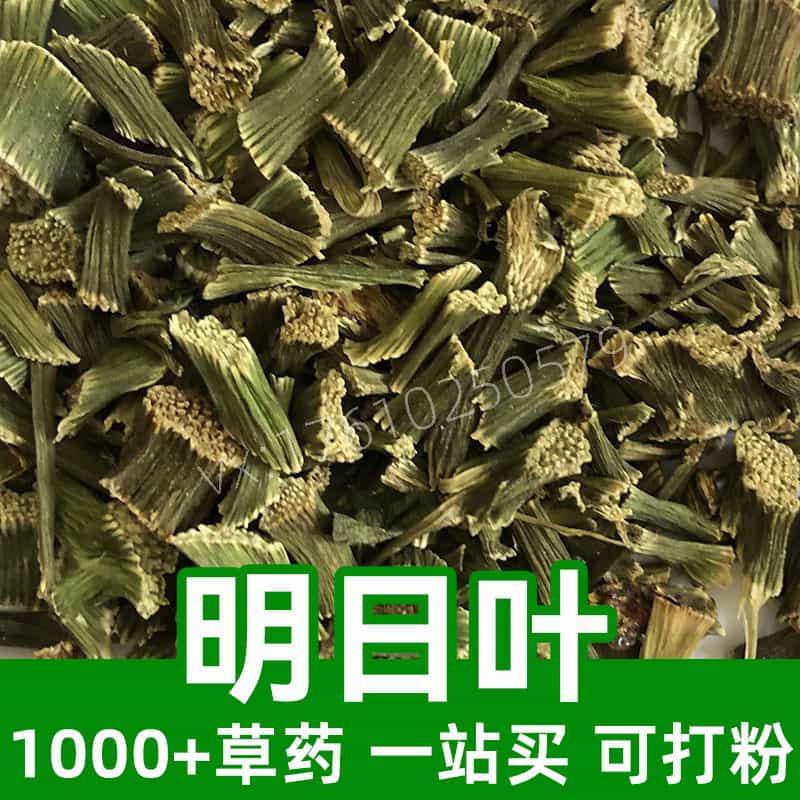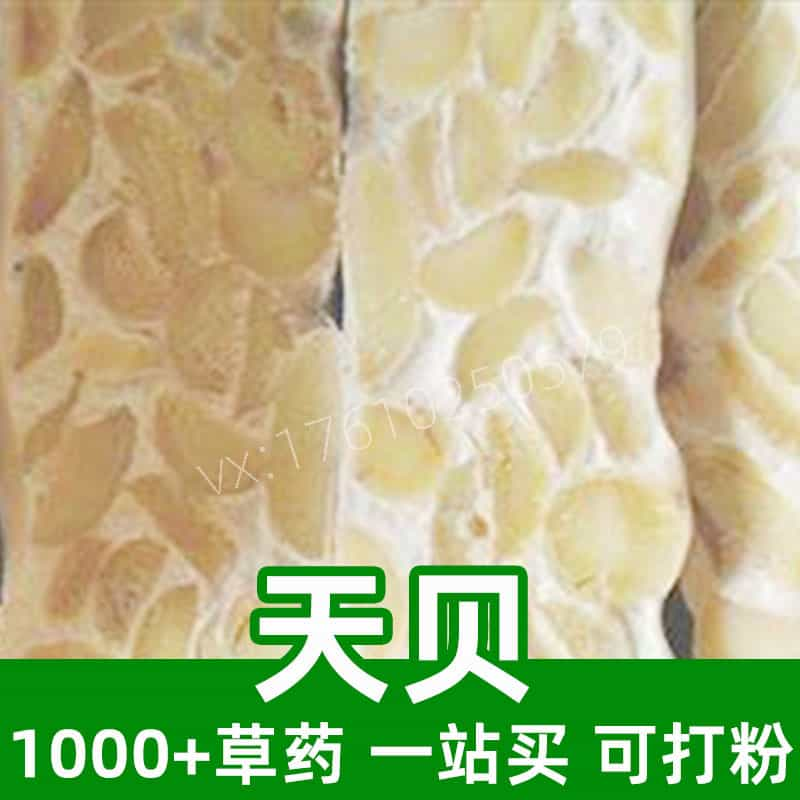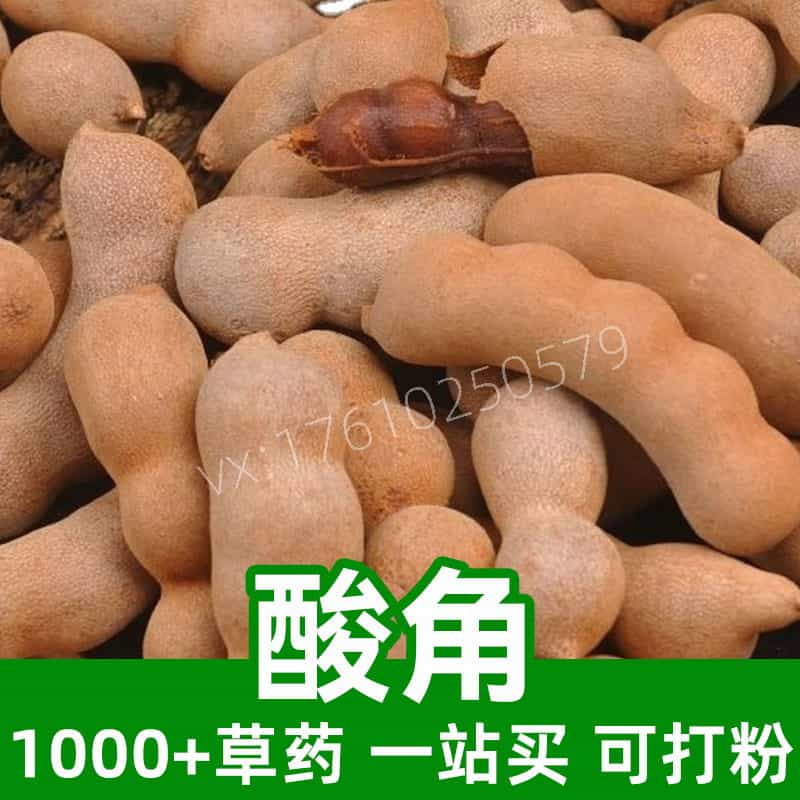Phyllostachys Meyeri McClure Product Introduction
Phyllostachys Meyeri McClure is a tall, evergreen bamboo species with straight stems covered in fine, hair-like protrusions and distinct nodes. It is predominantly found in southern China, in provinces such as Zhejiang, Jiangxi, and Fujian. The primary components include cellulose, hemicellulose, and lignin, with cellulose being the most significant. Phyllostachys Meyeri McClure has a sweet and cool nature, associated with the liver and stomach meridians. It has diverse applications in bamboo processing, furniture production, and construction materials. Additionally, its bamboo shoots are nutritious and flavorful, commonly used in culinary preparations.
Key Active Components of Phyllostachys Meyeri McClure
Phyllostachys Meyeri McClure’s active components are concentrated in its stems.
- [Cellulose]: The primary structural component of Phyllostachys Meyeri McClure, comprising a significant proportion of the stem. It is a vital element of plant cell walls, offering excellent mechanical properties and durability, making it ideal for bamboo processing.
- [Hemicellulose]: These polysaccharides enhance the material's flexibility and toughness, improving tensile strength and wear resistance.
- [Lignin]: A crucial component that provides anti-corrosion, water resistance, and moisture-proofing, contributing to the durability of Phyllostachys Meyeri McClure in construction and furniture applications.
- [Trace Natural Chemicals]: Compounds such as phenols and tannins enhance the bamboo's resistance to decay, insects, and oxidation, adding value and utility to Phyllostachys Meyeri McClure products.
These components make Phyllostachys Meyeri McClure a versatile material for applications in construction, furniture, and crafts, with its chemical properties ensuring exceptional performance and stability.
Application Scenarios and Usage of Phyllostachys Meyeri McClure
Phyllostachys Meyeri McClure is a natural material widely used in traditional medicine and food applications.
Traditional Medicine
- [Heat Clearance and Detoxification]: Used for symptoms like fever, thirst, and sore throat. Typical dosage: 10-15g of bamboo stems, boiled.
- [Diuresis and Swelling Reduction]: Effective for edema and urinary tract infections. Typical dosage: 10-20g, boiled or used in soups.
- [Phlegm Relief and Cough Suppression]: Useful for coughs and respiratory issues. Typical dosage: 15-20g, boiled or used in soups.
Food Applications
- [Food Additive]: Rich in natural cellulose and hemicellulose, it can enhance fiber content and promote digestive health. Common usage includes grinding bamboo stems into powder and adding to flour for bread or baked goods.
- [Tea Infusion]: Bamboo stems can be brewed as tea for clearing heat, detoxifying, and reducing swelling. Use an appropriate amount of bamboo stem and steep in hot water.
- [Medicinal Cuisine]: Combine bamboo stems with ingredients like yam and goji berries to make nourishing soups or stews, enhancing immunity and overall health.
Dosage and usage should be adjusted based on individual health conditions and professional advice. Avoid excessive or prolonged use, and ensure proper sourcing and preparation for safety.
Phyllostachys Meyeri McClure Plant Source, Distribution, and Growth Environment
Plant Introduction
Phyllostachys Meyeri McClure (*Sinocalamus affinis*) is a perennial, evergreen bamboo species belonging to the grass family. It features tall, robust, upright stems with fine hair-like structures, earning its name. The leaves are lanceolate with serrated edges, vibrant green, and the plant flowers in spring with small spikelets.
Distribution
Phyllostachys Meyeri McClure is native to southern China, particularly in regions along the Yangtze River and further south, such as Yunnan, Guangxi, Guangdong, Fujian, Jiangxi, and Hunan. It thrives in low mountain and hill areas, valleys, and slopes at elevations between 500-1500 meters.
Growth Environment
Phyllostachys Meyeri McClure thrives in warm, humid climates and prefers loose, fertile, well-drained sandy loam. It grows well in semi-shaded environments, such as slopes and valleys near water sources. While adaptable, it requires ample sunlight for optimal growth. Its dense bamboo forests play a crucial role in soil and water conservation while supporting local ecosystems.
Phyllostachys Meyeri McClure Harvesting, Processing, and Storage
Harvesting
Bamboo is typically harvested during shoot sprouting. Mature, sturdy, and glossy stems are selected. Careful cutting methods minimize environmental impact and damage to surrounding plants.
Processing
After harvest, bamboo stems undergo initial cleaning to remove debris and fine hairs. They are then cut, peeled, or processed as needed for specific applications such as bamboo crafts or construction materials.
Storage
- Freshly cut bamboo should be stored in a ventilated, dry area to avoid mold and rot. Drying bamboo in shaded, airy locations before storage helps reduce surface moisture.
- Processed bamboo products should be stored in a dry, sealed environment to prevent moisture, mold, and insect damage. Regular inspections ensure quality and usability.
Proper harvesting, processing, and storage maintain the quality and sustainability of Phyllostachys Meyeri McClure products, ensuring their diverse applications remain viable and reliable.
Monica Sun is a seasoned expert in the natural raw materials industry, with over a decade of experience specializing in traditional Chinese medicinal herbs, spices, and fungi. She is skilled in the sourcing, processing, and application of these materials, emphasizing sustainability and innovation. Monica Sun has contributed to the development of high-quality natural raw materials that serve as essential components in functional foods, pharmaceuticals, and cosmetics, delivering tailored solutions to meet diverse market needs.













